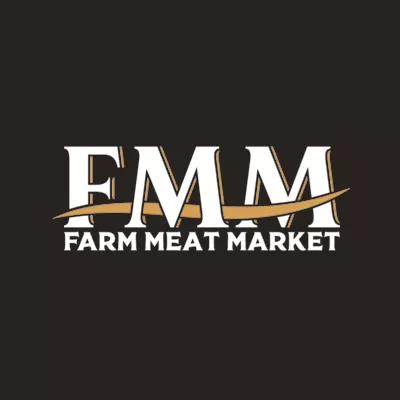General information
RDP Priority
- P3. Food chain and risk management
RDP Focus Area
- 3A: Agri-food chain integration & quality
RDP Measure
- M04: Investments in physical assets
Summary
Malta’s Farm Meat Market Ltd company used CAP investment support to modernise their processing plant which enabled an increase in the range of products they offer (thus improving the availability of quality products in the Maltese market) while at the same time reducing their production costs and waste.
Results
Amongst the many benefits delivered by this project, the reduction of food waste stands out. The new temperature-controlled processing room allows raw meat processing to take place independently of other operations. The company has been able to speed up and expand production whilst also creating added value from by-products such as offcuts and trimmings. In addition to this, the vacuum packaging machine prolongs the shelf-life of the products, thus reducing waste both within the plant as well as further down the supply chain, including at consumer level.

Promoter
Farm Meat Market Ltd.
Funding
Total budget - 686 520 (EUR)
EAFRD - 257 445 (EUR)
National/Regional - 85 815 (EUR)
Private - 343 260 (EUR)
Resources
Documents
Links
Context
Farm Meat Market Ltd is meat processor of locally produced pork and beef, based in Żebbuġ. The company processes meat into different cuts and products that are sold via a business to business, or a business to customer basis.
Given that demand for meat in Malta is increasing, the company needed to increase its processing capacity in order to accommodate its wide range of customers, which includes hotels, restaurants and other catering establishments, as well as butcher shops.
Objectives
The aim of this project was to increase the company’s production capacity and range of products, while making it more resource-efficient in terms of energy and water use.
Activities
The investment included setting up a temperature-controlled processing line to minimises the risk of bacterial and other microbiological contamination. Two cold storerooms were established to prolong the shelf-life for unprocessed and packaged meat. In addition, the following items were purchased through the project grant.
- A meat packaging machine with thermal, vacuum, or skin packaging options. This allows for versatility in terms of the presentation and price of the finished product.
- A vacuum tumbler to tenderise meat products, making them moister and tastier, while improving their appearance and quality consistency.
- A brine injector for meat pickling by injecting brine and seasoning into the meat in an even and continuous manner, improving flavour and tenderising it in the process.
- A cooking tank to cook several types of ham in a water bath (achieving better consistency and therefore an improved product).
- A smoking machine and smoke sticks. Smoking makes the products tastier and substantially increases their quality and shelf-life by neutralising any microbiological contamination.
- An industrial oven for the production of pre-cooked and ready-cooked products. The industrial oven allows for the roasting, smoking, and steaming of new products.
- An ice machine, a bone cutter and a sausage filler for producing new sausage-type product lines, e.g., salamis and mortadella, etc.
- A set of ham moulds for processing different meat cuts into the desired shapes.
- A stainless-steel trolley for transferring the different cuts from one location to another within the plant; reducing manual handling and the associated risk of injury as well as cross-contamination.
Main results
Before the CAP funding, meat cuts could only be processed after the carcases received from the abattoir had been processed since there was not enough workspace. The new temperature-controlled processing room allows for the processing of raw meat cuts to take place independently of other operations.
The project holder can now use the discarded meat trimmings to produce new mince and mince-based products such as hams, sausages, salamis, burgers, and meatballs. In this way, the company creates added value from a by-product and minimises waste.
The vacuum packaging machine prolongs the shelf-life of the products, thus reducing waste both within the plant as well as further down the supply chain, including at consumer level. The newly purchased modern equipment is very efficient and allows for water and energy savings.
Thanks to this project six additional full-time employees were engaged.
Key lessons
Food waste can be minimised by investments in agri-food processing that allows added value outcomes from waste products.
This investment project has created the conditions from which small innovations can emerge. A good example of this has been the diversification of pork and beef preparations. This more creative use of local meat products has had the knock-on effect of requiring new services within the wider economy, such as those of local butchers, who have been able to expand their skillset in response.
“The EU funds have made an enormous difference for our business. Thanks to this project, we have employed more people and launched new products in the market something which we could not have done without the help of the EU Funds.”
Farm Meat Market Ltd
